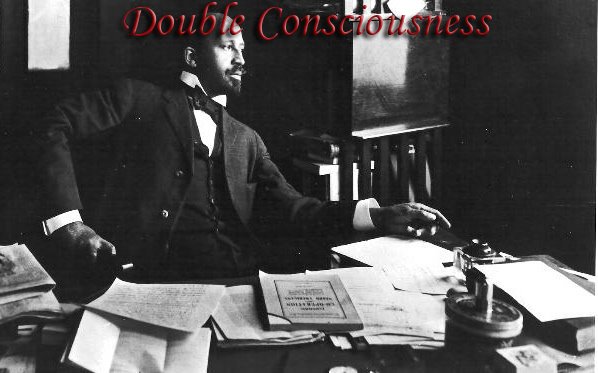Black households had the lowest median income in 2005 ($30,858) among race groups while the median income in 2005 for whites was $50,784. Median income for Hispanic households was $35,967 while Asians had a median household income at $61,094.
There were 37 million people in poverty (12.6%) in 2005. Both the number and rate were statistically unchanged from 2004 and marked the end of four consecutive years of increases in the poverty rate (2001-2004). But the problem with this is that the poverty rates set by the Office of Management and Budget bureau is extremely low with the average poverty threshold for a family of four in 2005 was $19,971; for a family of three, $15,577; for a family of two, $12,755; and for unrelated individuals, $9,973. One person is not in poverty if they make $12,000?
The uninsured rate for whites was 11.3%, for Blacks it was at t 19.6%, for Asians it was at 17.9%, and for Latinos it was at 32.7%.
Statistically we can see that people of color are at a large disadvantage in many realms socially and economically. While Asian Americans have the largest income out of any race I have learned from Dr. Russel Jeung (in my Chinese American Personalities class from Spring 2006) that Asian American households have the greatest amount of income earners, and with that, they end up making close to that of Blacks and Latinos, well below whites. But, despite this, this still doesn't hit us with that much impact. When I was looking at other blogs on this subject I came across Krishworld Politics which had a good list of economic indicators on poverty and inequality between Blacks and whites in America which he got from a news report he had read. The report got its info from the NGO United for a Fair Economy which used the statistics from the U.S. Census Bureau. These tell an even more depressing situation than the raw statistics I quoted above.
In Krish's blog (taken from the United for a Fair Economy report State of the Dream 2004: Enduring Disparities in Black and White) it stated:
- Unemployment among Blacks is more than double that for whites, 10.8% versus 5.2% in 2003. A gap wider than in 1972
- Black infant mortality is also greater today than in 1970. In 2001, the Black infant mortality rate was 14 deaths per 1,000 live births, 146% higher than for whites. The rate was 37% less in 1970.
- Blacks had 55 cents to the white dollar in 1968. In 2001 the gap had only closed by 2 cents. At this rate it would take 581 years to achieve income parity.
- In 1968 median income for Black families was 60% of what white families made, now it is only 58% of what white families make.
- The average Black high school graduate working full time (from age 25 to 64) will earn $300,000 less on average over her or his lifetime than a white person at the same education level. An average Black college graduate will earn $500,000 less.
- The average Black family in 2001 had a net worth of just $19,000, including home equity, compared with $121,000 for whites. Blacks also have just 16% of the median wealth of whites, up from just 5% since 1989, At this rate Blacks would reach median wealth parity in 2099.
- Blacks have a nearly six year gap in average life expectancy compared to whites. It has only budged 1.81 years since the 1960s.
- After slowly increasing from 55% of white income in 1988 to 65% in 2000, Black median income fell to 62% in 2003. And for the first time in 15 years, the average Latino household now has an income that is less than two-thirds that of the average white household.
- One of the reasons why it seems as though Asian American households have greater income is because immigration policies have led to a bipolar income distribution for Asian Americans. Asian American income data has an hourglass shape rather than a bell curve shape. Many Asian Americans coming to the U.S. come from upper class and professional backgrounds. Yet others come from backgrounds of poverty, such as refugees from Vietnam and Cambodia and many of those immigrants stay in poverty longer than others (thus not meeting the "Model Minority" myth).
- The report also states that per capita income is not higher for Asians than whites since Asian Americans tend to live in bigger families and have more employed people per family (as I had learned in my Chinese American Personalities class).
- Between the years 1992 and 2000 798,000 Black families rose out of the poverty level (yet, as we have seen, the poverty level is quite low) but between 2000 and 2003 300,000 Black families fell below the poverty line, showing how insecure many Black families are in their income levels.
- Blacks make up less than one-seventh of the U.S. workforce but they hold more than one-fifth of the below-poverty-wage jobs. By contrast, whites make up almost seven-tenths of the workforce but hold fewer than six-tenths of the low-wage jobs.
- Family poverty rates for Asians is at 10% while for whites it's close to 6%.
- In 2001 25% of whites owned stock while only 11% of people of color did. Stock ownership for upper-income whites has remained steady at 80% of families while for Blacks of upper-income families it fell from 75% in 1997 to 60% in 2004.
- 28% of white famlies recieve inheritances while only 7.7% of Black families do. The size of inheritance also varied widely with the parental median net worth of Black families at $47,000 compared to $198,700 for white families.



0 comments:
Post a Comment